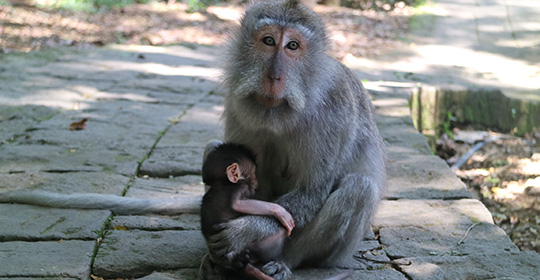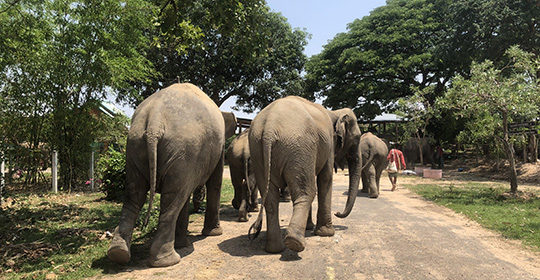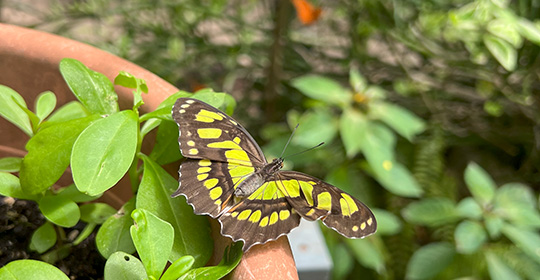Conserving and Protecting Wildlife Refuges
By Kayla Hui
Oct 02, 2023
Discover inspiring conservation initiatives during National Wildlife Refuge Week. Learn about Texas’ efforts to preserve wildlife and habitats, and find out about how you can contribute.
National Wildlife Refuge Week, which takes place from October 8 to 14, serves as a celebration of the expansive lands and water that help to conserve and protect America’s diverse wildlife. Spanning 560 national wildlife refuges across the nation, the National Wildlife Refuge System is a testament to the nation’s commitment to preserving its natural heritage. Despite challenges such as habitat loss, fragmentation, and degradation, one state stands out for its remarkable efforts to conserve both natural resources and endangered species: Texas.
The biggest challenges facing wildlife refuges
.jpg)
Rachel Rommel, state coordinator for the Texas Alliance for America’s Fish and Wildlife emphasizes the significant challenges confronting wildlife today. Habitat loss, fragmentation, and degradation, stemming from factors like agriculture, land conversion for development, water development, pollution, and climate change, disrupt migration routes and vital resources for wildlife and fish.
This is especially true for Texas’ state fish the Guadalupe Bass, which have faced particular conservation challenges due to dam construction, water withdrawals, and land use changes. “They’re not listed as endangered or threatened but are a species of greatest conservation need in Texas,” says Rommel.
Fish conservation efforts in Texas
.jpg)
That’s where the Texas Parks and Wildlife Department (TPWD) comes in. Since 1991, TPWD has worked to restore and conserve Guadalupe Bass in 14 central Texas rivers by stocking more than 2.4 million Guadalupe Bass fingerlings, implementing 50 habitat restoration and preservation projects, and managing invasive plants in eight watersheds.
They have also established 20 public river access areas, providing spaces for angling opportunities facilitated by local fishing clubs and conservation groups.
Wildlife conservation efforts in Texas

In addition to the TPWD, the Texas Alliance for America’s Fish and Wildlife, a coalition of 175 organizations and businesses, plays a pivotal role in wildlife conservation in Texas. With more than 142 species of mammals and 1,200 species of at-risk fish and wildlife—such as bees, grassland birds, butterflies, and freshwater fish—the Lone Star State requires comprehensive conservation efforts.
The Texas Conservation Alliance, part of the coalition, actively engages Texans in habitat restoration, planting native plants, maintaining clean waterways, reducing plastic waste, and supporting bird migration by minimizing light pollution, according to Rommel.
Conservation-minded practices

Conservation isn’t limited to organizations alone; individuals can also make a significant impact.
“One of the most important things all of us can do to support native wildlife is to plant native plants at our homes, places of business, and community spaces,” Rommel emphasizes. Native plants not only use less water but also provide essential shelter and food for declining wildlife. They offer nectar, seeds, and berries, and support native invertebrates that many wild species depend on.
For those interested in planting native species, the Native Plant Society of Texas is a great place to search, select, and purchase native plants. Additionally, for landowners with acreage, reaching out to their county’s Texas Parks and Wildlife Department private lands biologist can open avenues for larger-scale habitat restoration on their property, Rommel suggests.
Through the collaborative work of organizations like TPWD and the Texas Alliance for America’s Fish and Wildlife, Texas is leading the charge in preserving its rich biodiversity. During National Wildlife Refuge Week, it’s crucial to acknowledge and celebrate those efforts, all while raising awareness about the important role that we can play in safeguarding our natural habitats.









